Growing Herbs for Flavor & Fun
Growing Herbs for Flavor & Fun
Culinary herbs are some of the easiest plants to grow. Whether you have a dedicated herb garden, or plant them in pots, a few small plants purchased in the spring will bring months of pleasure. Here are 10 things you should know about growing herbs this summer.
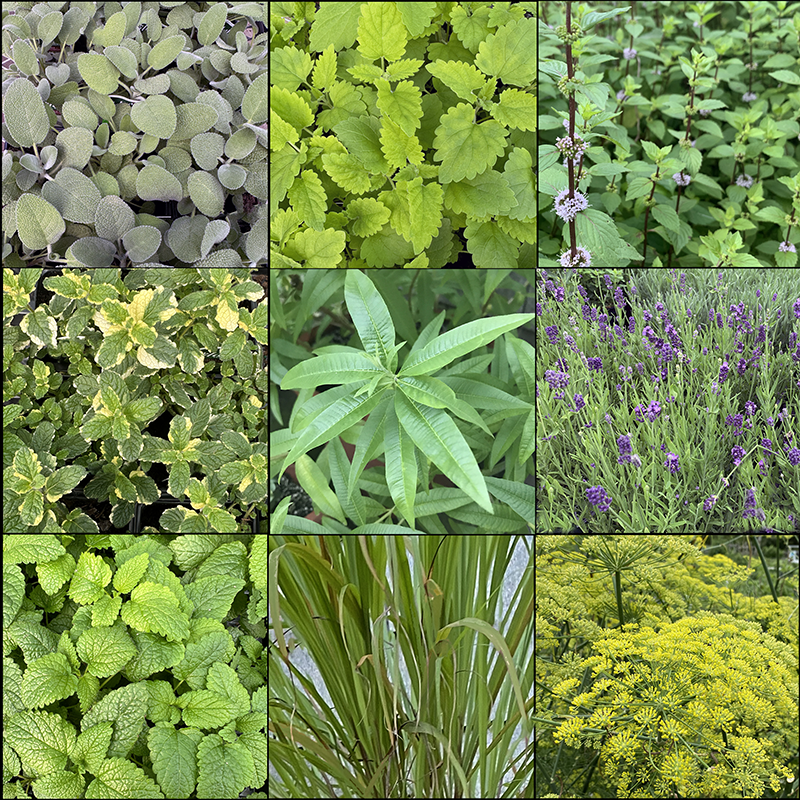
1. Place herbs in as much sun as possible.
2. If you want to over-winter herbs that aren’t reliably hardy on Cape Cod, plant them in containers and bring them inside to a sunny window. Rosemary and basil are the most popular plants for moving inside in late-September.
3. The first herb to emerge in the spring is chives. Be sure to deadhead your chive plants once the flowers fade, because they will self-seed into your lawn, other gardens, or a gravel driveway.
4. Don’t over-fertilize herbs. Their flavor is strongest when they are grown with less fertilizer and water.
5. These herbs will self-seed. For some people, this is a good thing, but others find it annoying. If you don’t like having to pull unwanted plants from your garden, avoid the following or don’t let them go to seed: purple/bronze fennel, lemon balm, dill.
6. Although you can dry cut herbs in the fall, making a paste with some oil (aka pesto) and freezing it in small dollops on wax paper preserves the fresh-herb flavor.
7. You might think that your parsley has survived the winter and you don’t have to plant it this year, but this plant is actually a biennial – it grows the first year, and the following spring flowers fairly quickly and dies. If you want fresh parsley all summer, put new plants in your garden every spring.
8. Since mint and greek oregano spread quickly, they should either be planted where they can “take over” or grown in a pot. All types of mint will fill a pot very quickly.
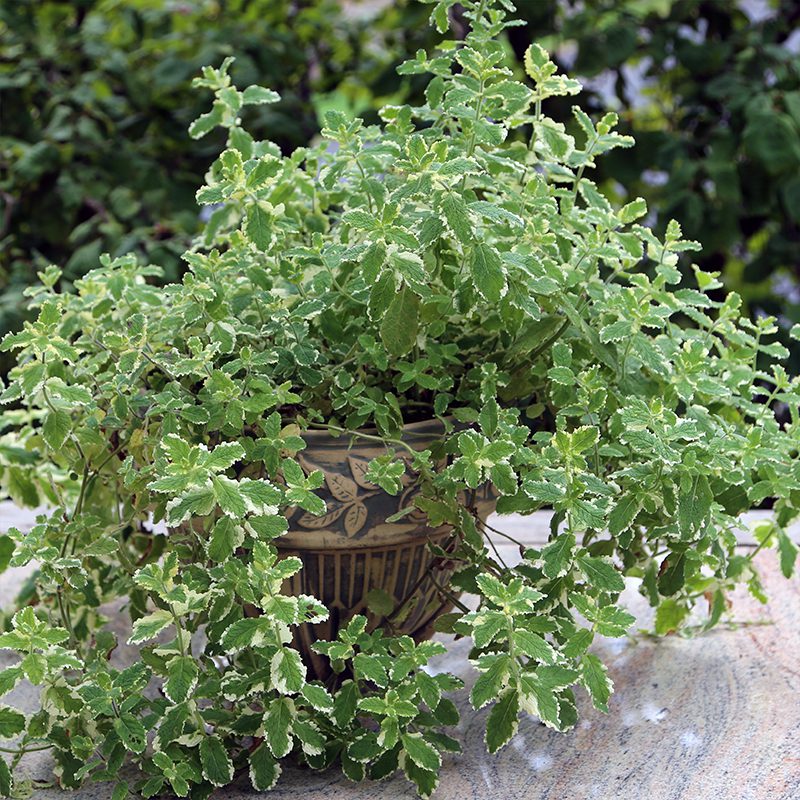
9. If you love fresh cilantro, sow seeds every two or three weeks. In the heat of the summer this herb tends to go to seed quickly, but frequent sowing will ensure that you always have some fresh leaves to pick.
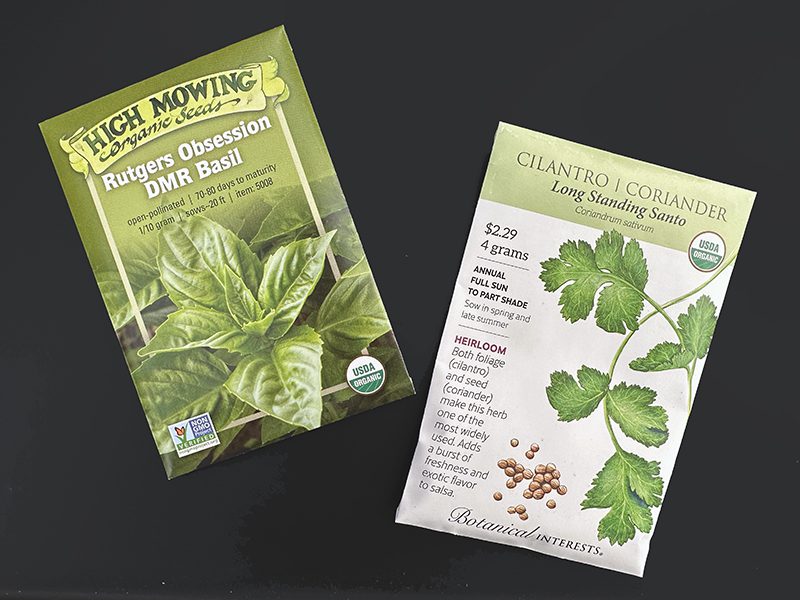
10. Don’t forget to harvest your fresh herbs frequently. Cut them for cooking on a daily basis. Make a small bouquet of herbs such as lemon verbena, rosemary, or lavender and take it in the car when you’re running errands.
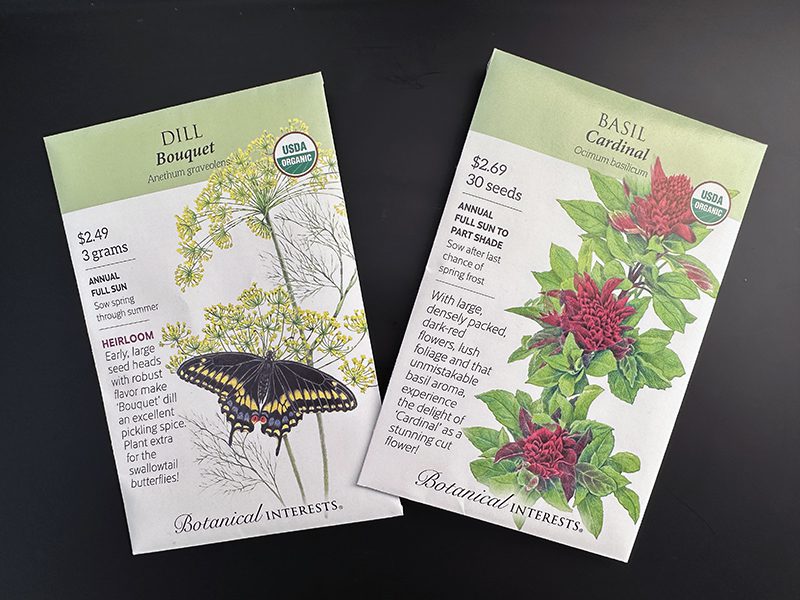
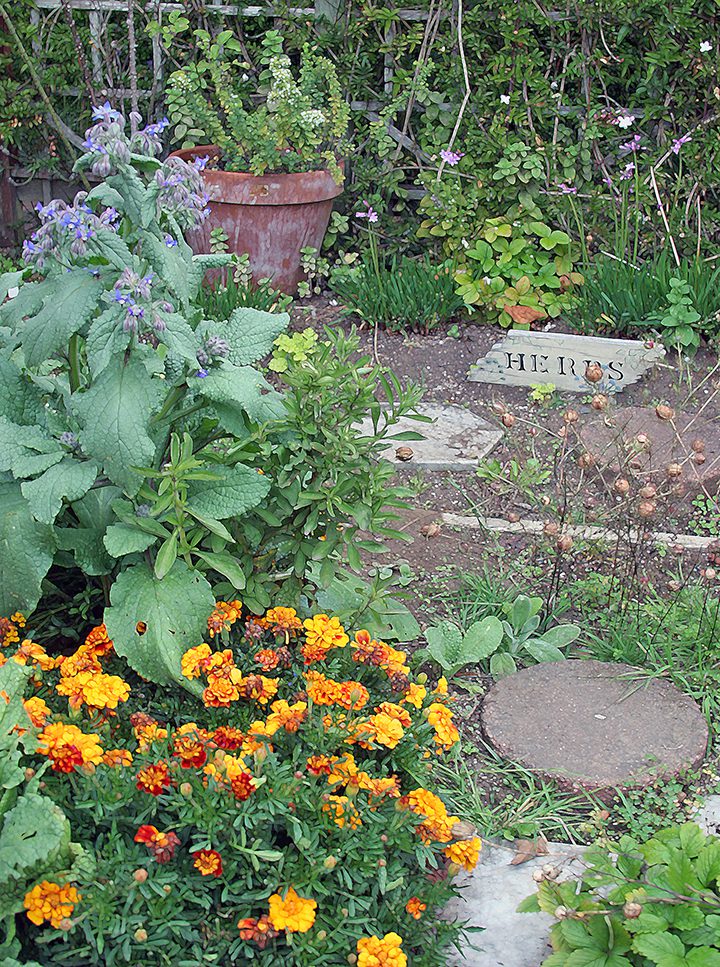
Subscribe To Our Newsletter
Sign up for our weekly email about sales and events.
